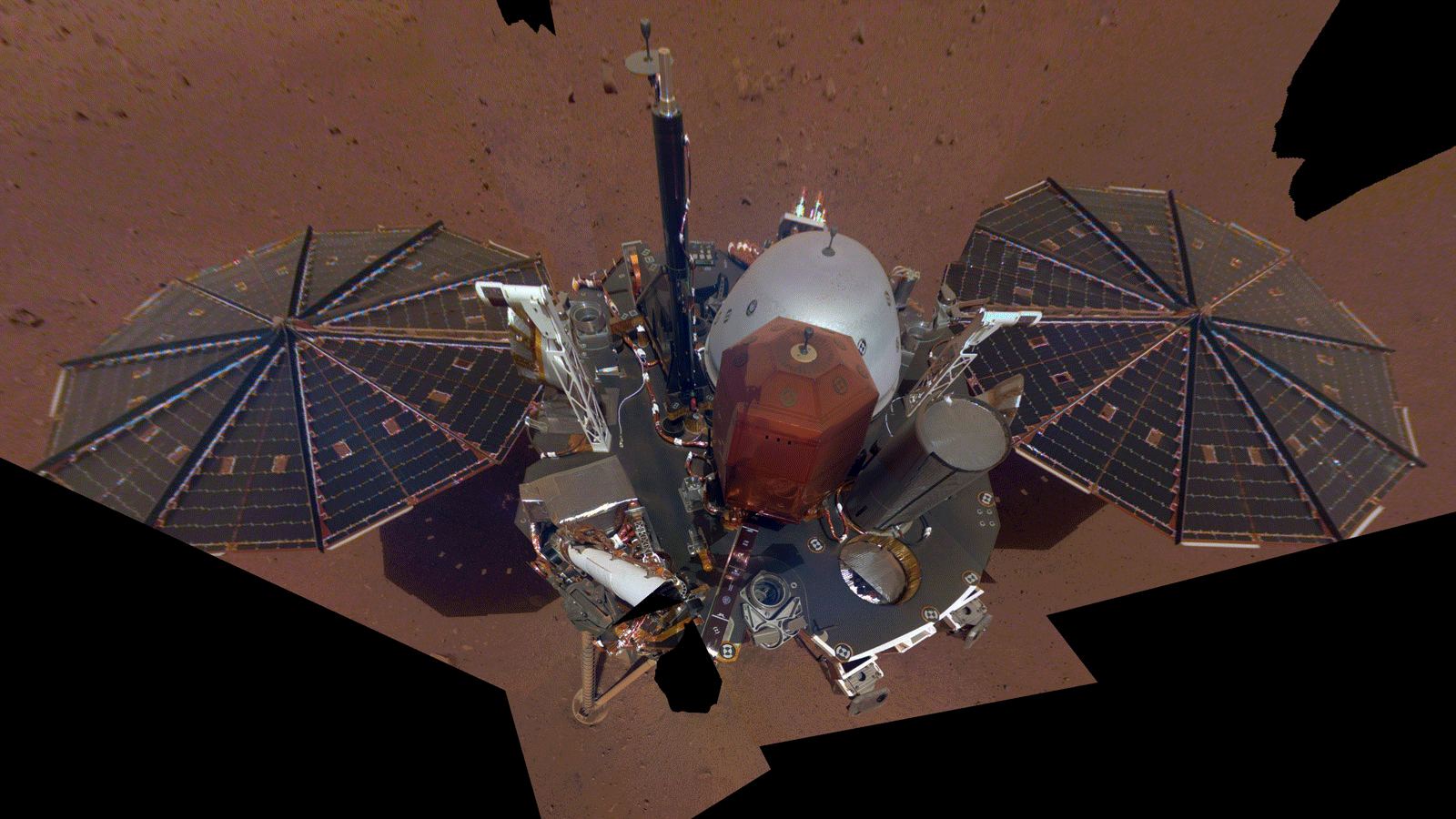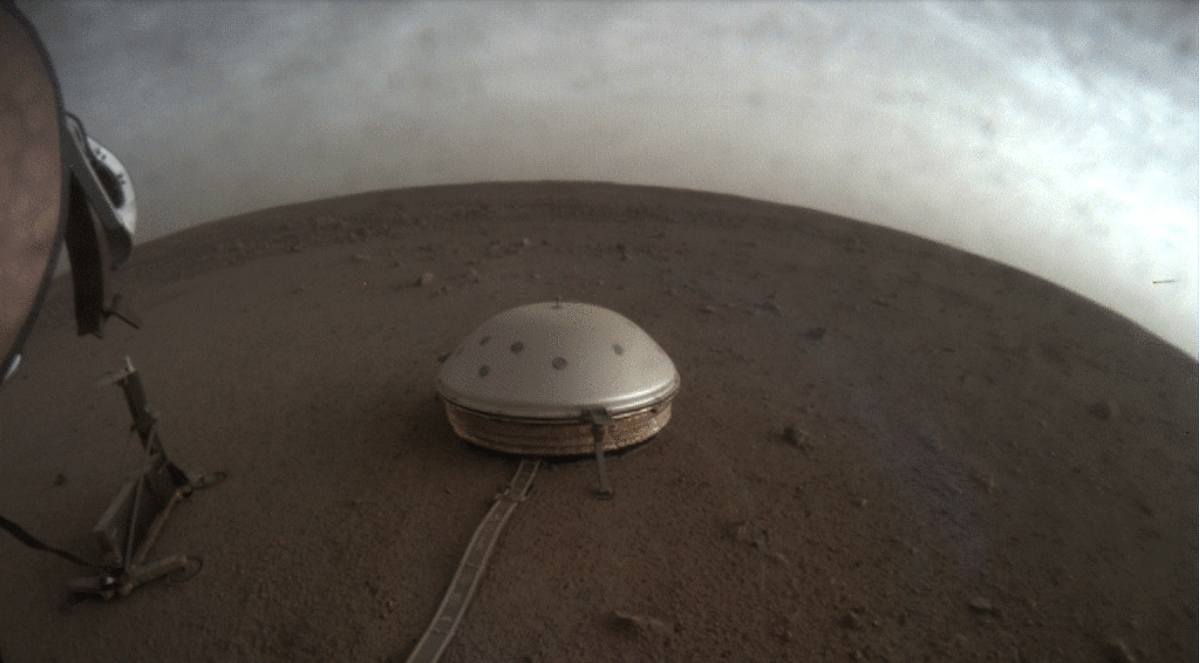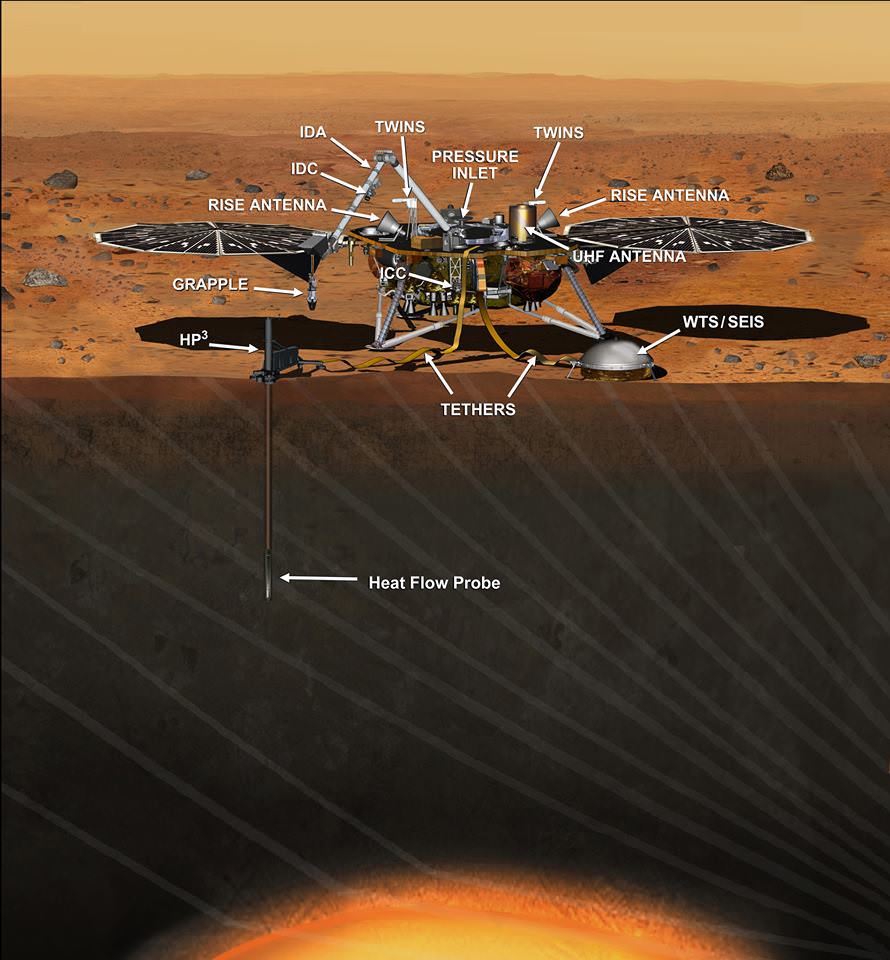The Moon was geologically active between 3.7 and 2.5 billion years ago, experiencing quakes, volcanic eruptions, and outgassing. Thanks to the Moon being an airless body, evidence of this past has been carefully preserved in the form of extinct volcanoes, lava tubes, and other features. While the Moon has been geologically inert for billions of years, it still experiences small seismic events due to tidal flexing (because of Earth’s gravitational pull) and temperature variations. These latter events happen regularly and are known as “moonquakes.”
Thanks to the Apollo missions, scientists have measured this activity using seismometers placed on the surface. In a recent NASA-funded study, a team of researchers from the California Institute of Technology (Caltech) reexamined the seismic data with a machine-learning model. This revealed that moonquakes occur with precise regularity, coinciding with the Sun rising to its peak position in the sky and then slowly setting. In this respect, moonquakes are like a “Lunar Alarm Clock,” which could be useful for future missions and lunar settlers!
Continue reading “Every Night and Every Morning, the Moon Rumbles With Tiny Quakes”




